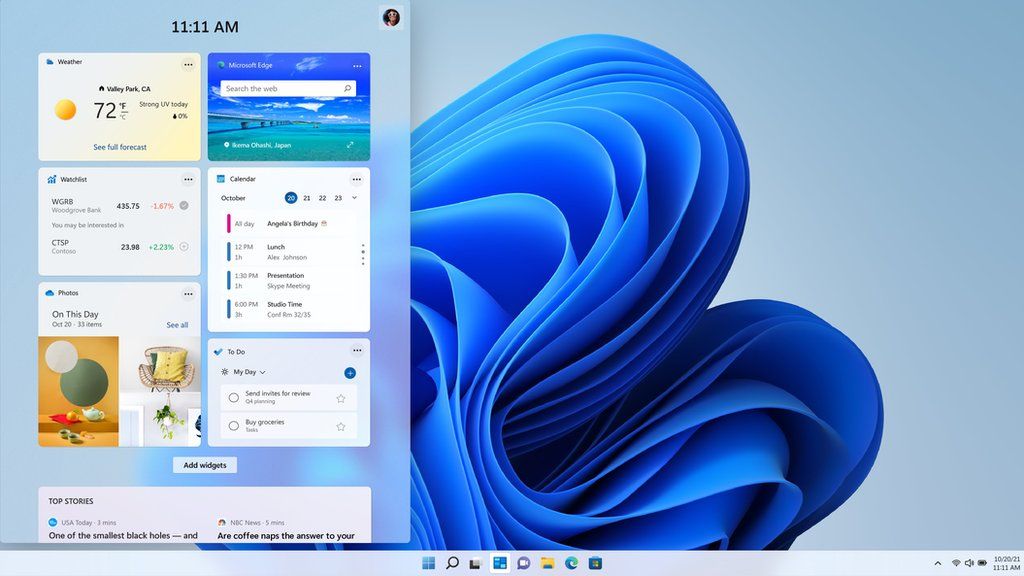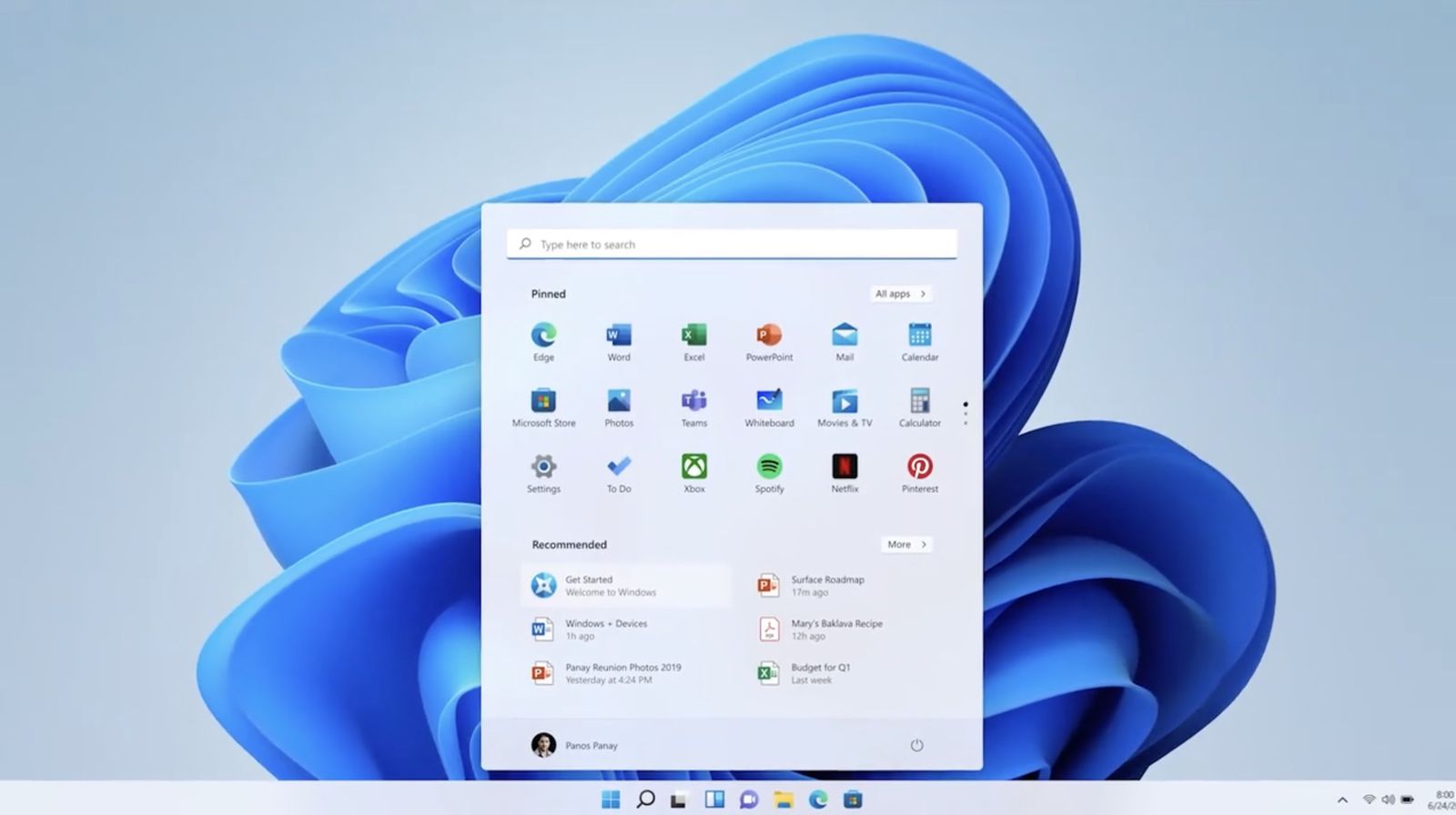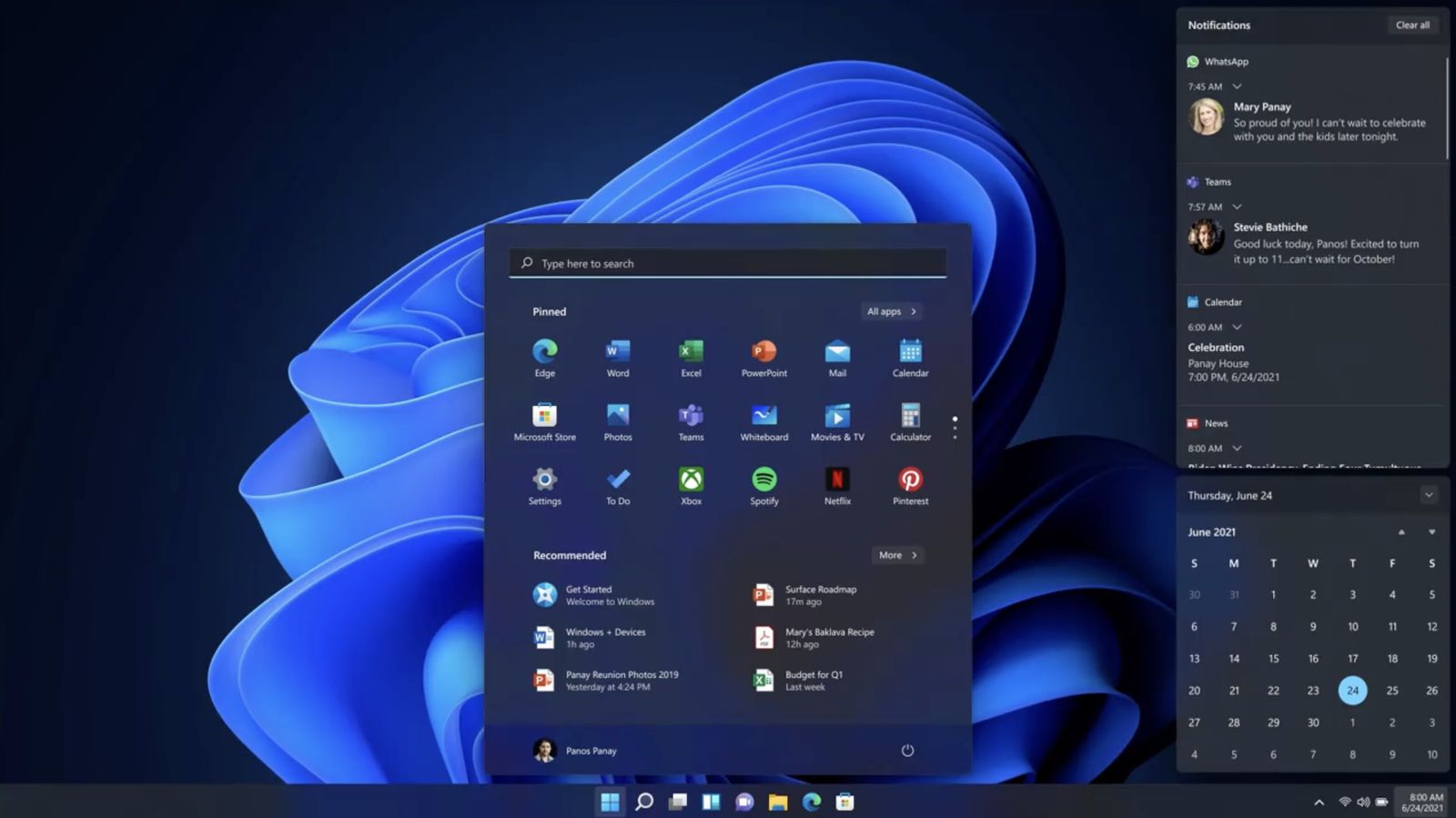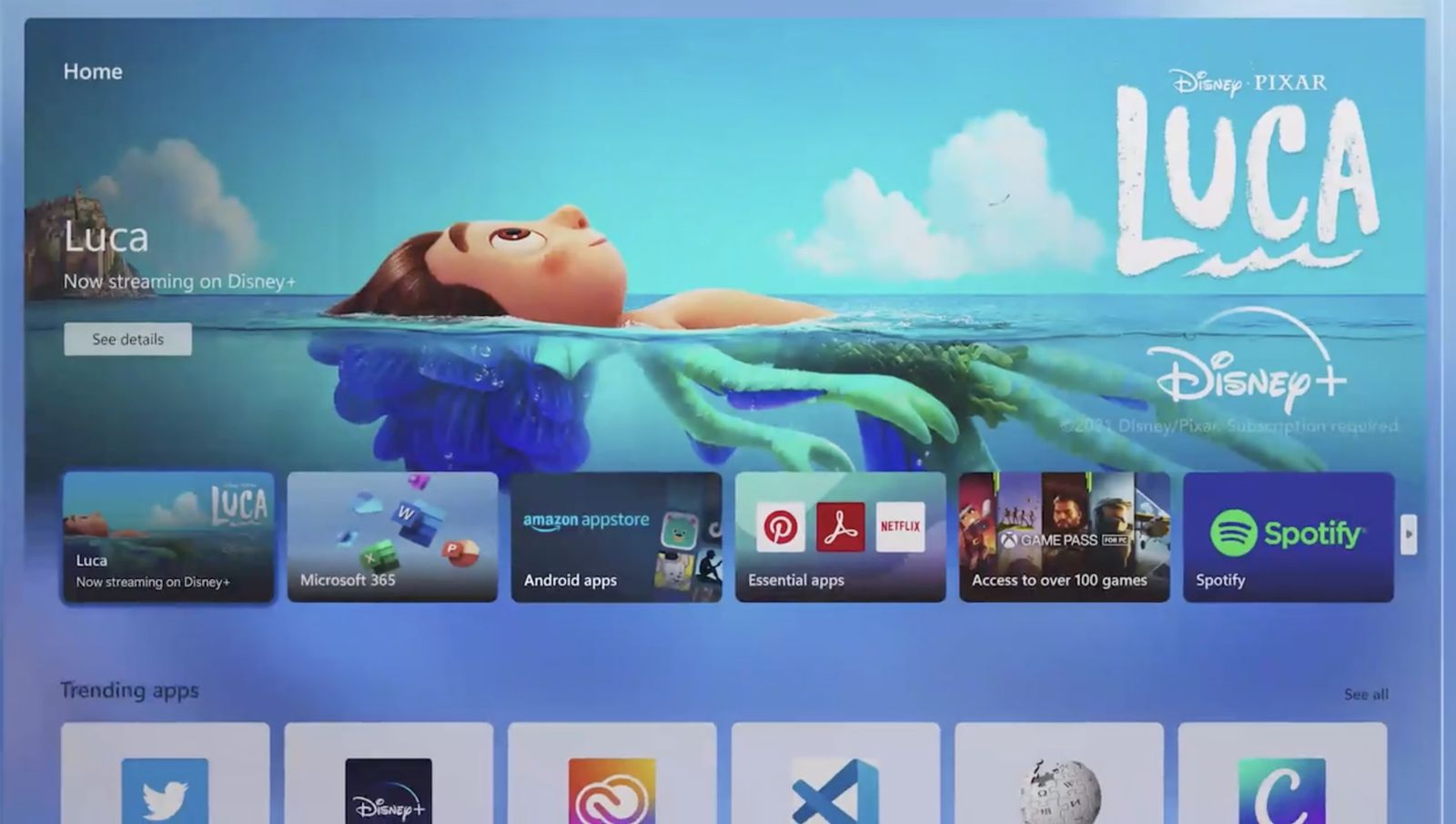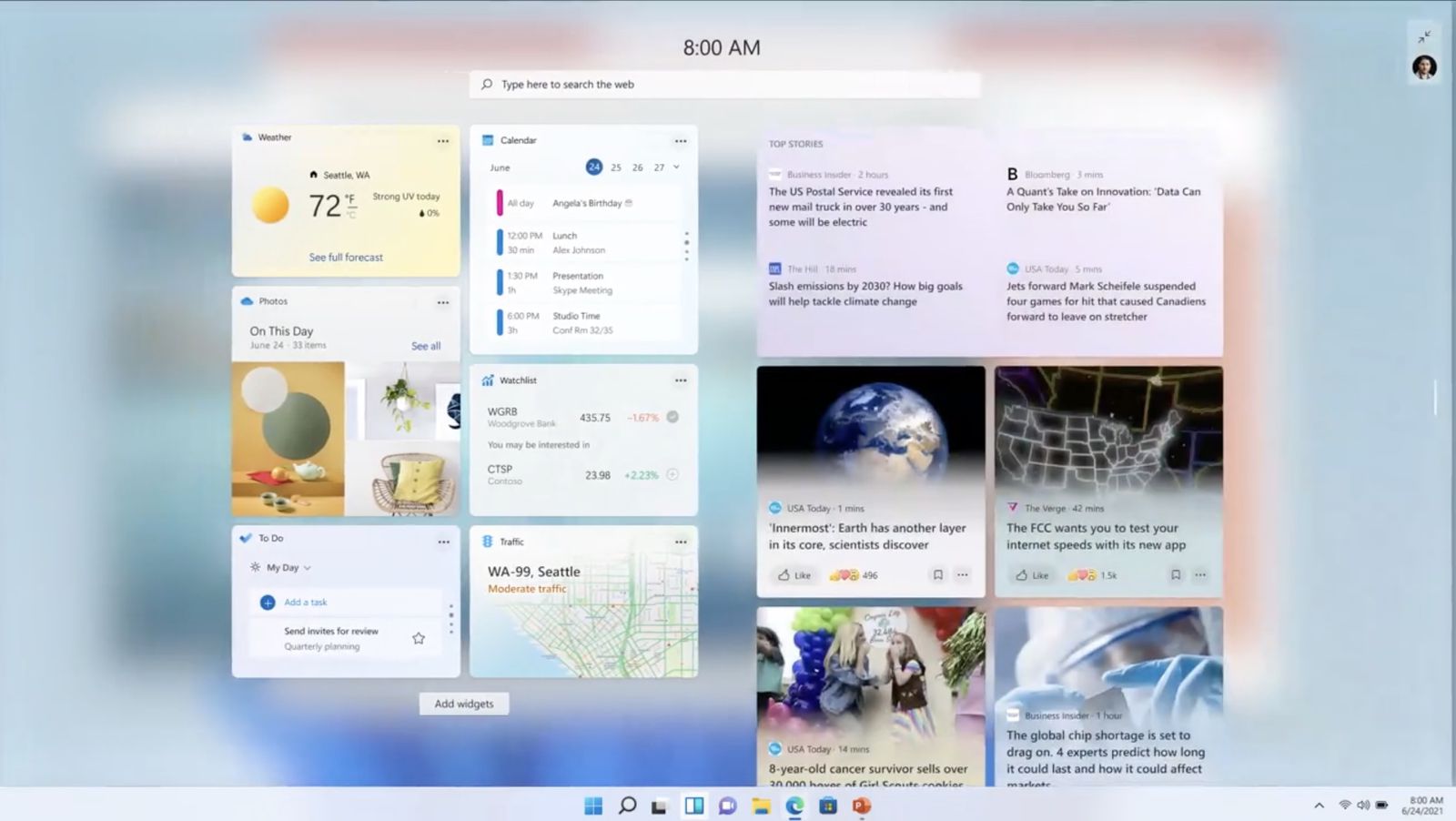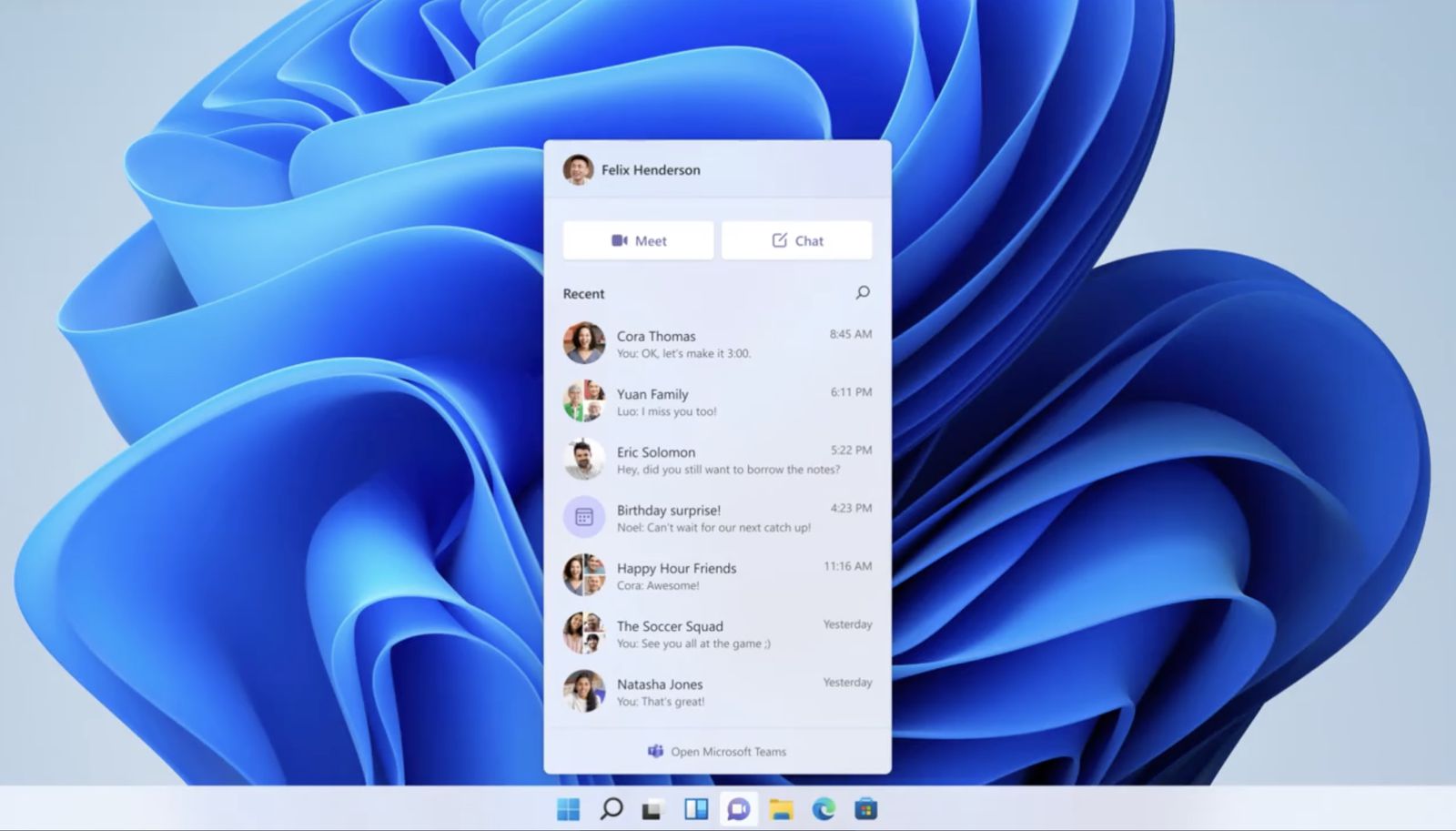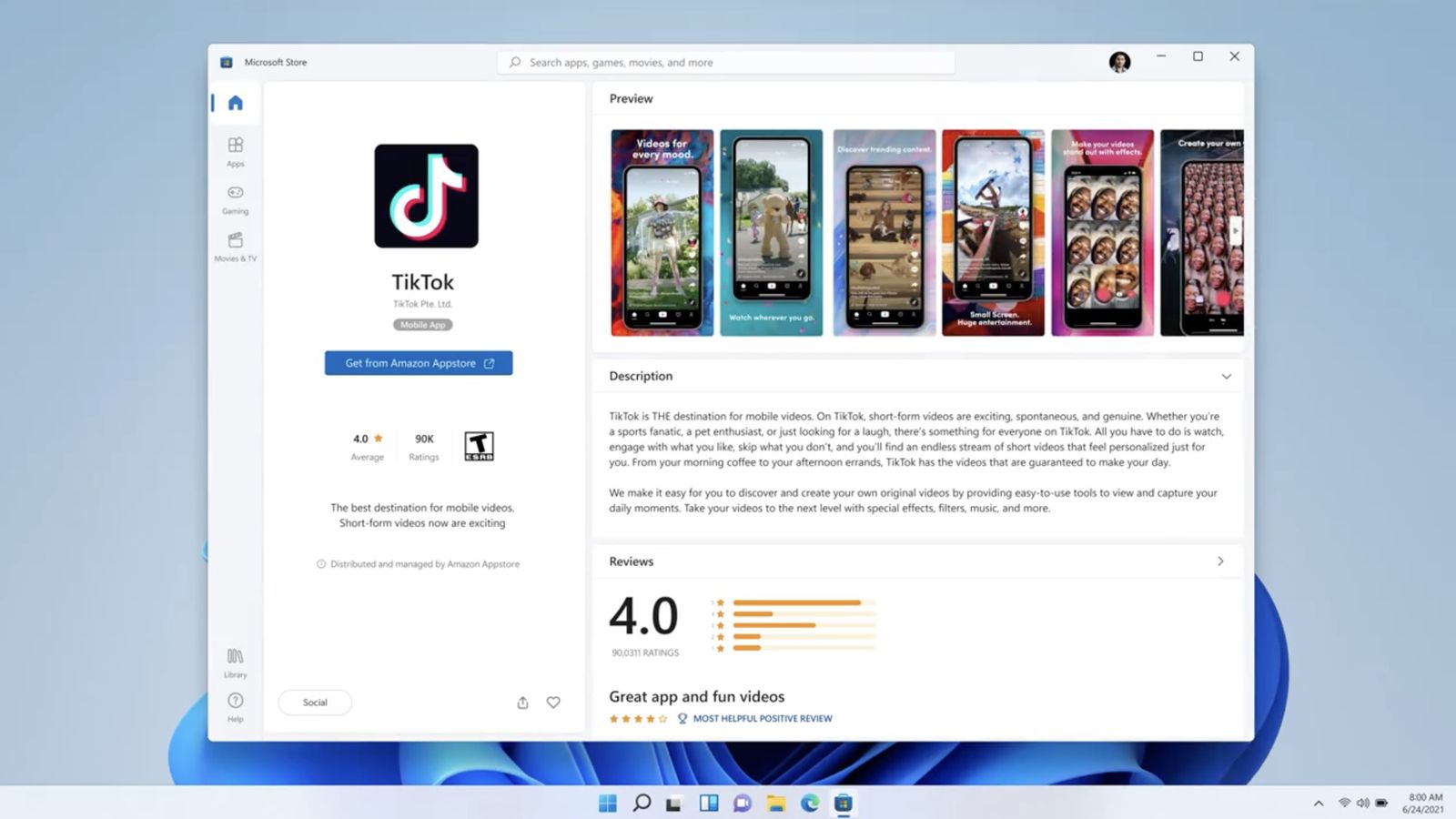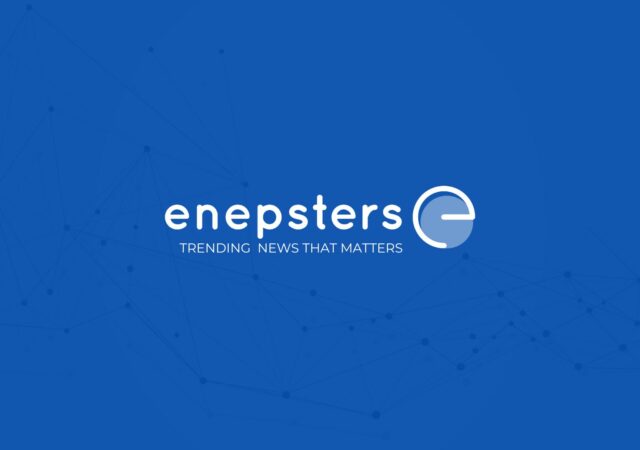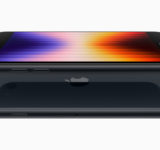Microsoft releases the next iteration to its Windows operating system, the Windows 11. Windows 11 emphasizes a simple and clean UI as well as introduces support for Android apps for the first time ever.
Microsoft reiterates most of the work done in its Windows 10X project in Windows 11, majorly UI. This includes a fresh-looking Start menu and the Start button towards the center of the taskbar.
The OS leaves off Live Tiles that have been in use since Windows 8. The recent files, apps, and the ‘search’ look a lot like that of Chrome OS or Android. The center placement will remind you of macOS and the rounded corners are not new too.
Windows 11 introduces a new looking dark and light mode together with Snap Layouts, a feature that lets users snap apps into several available modes. There is also something called Snap Groups allowing the system to locate where the apps are stored. It’s particularly useful when working with more than a single display, i.e. the system will make sure that the apps open in the right display.
Whereas, the major upgrade has to be the performance. The updates are reportedly up to 40% small in size as well as consume fewer resources in the background.
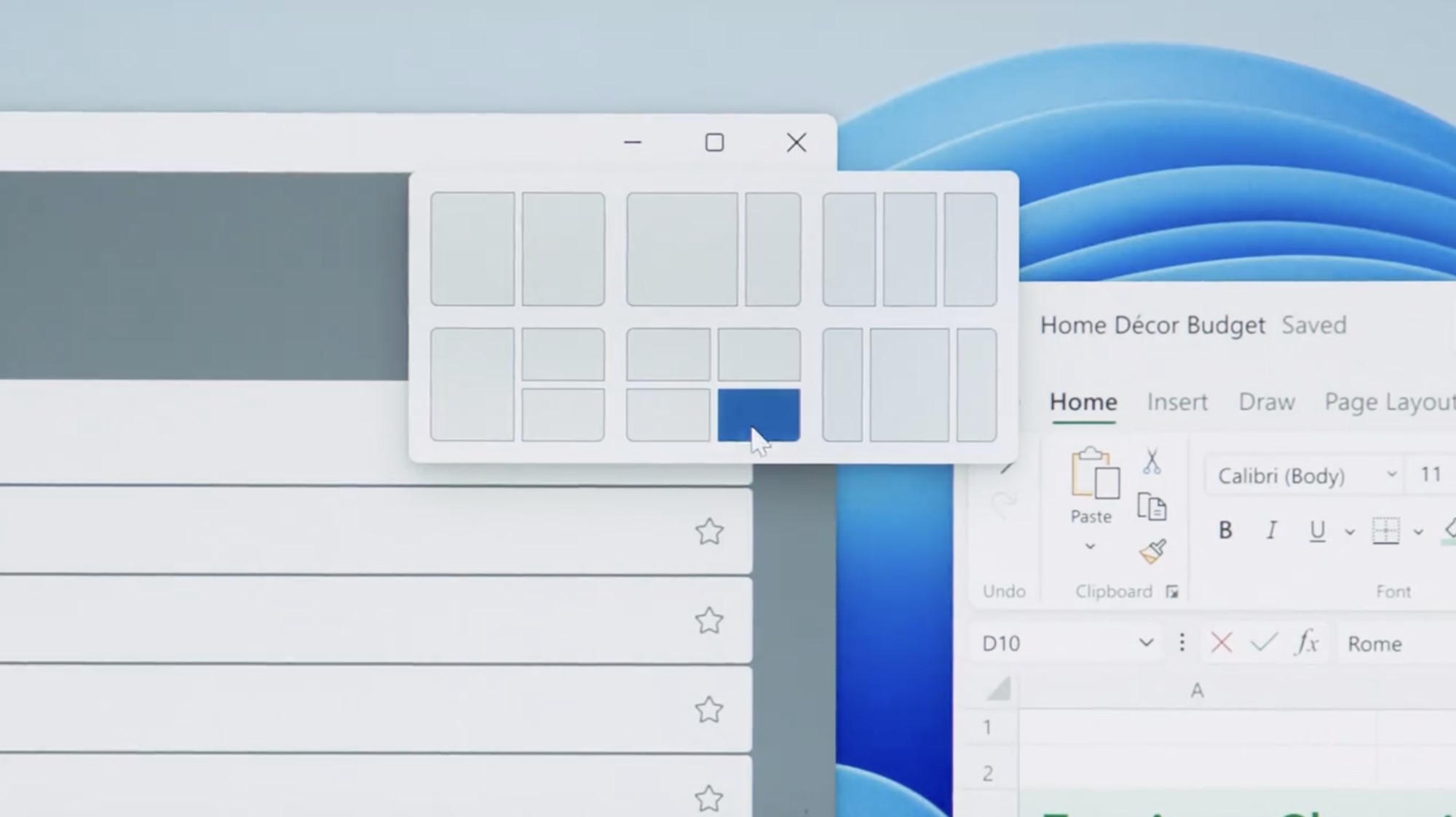
Microsoft Teams sees its way right into the taskbar. It’s being added to the system by default, meaning it’s pushing the Skype away, well not totally. You also get a universal mute button in the system tray to toggle the microphone across applications.
Widgets slide in from the left and can further be expanded up to the full screen. It’s often described as a personalized feed with AI capabilities. Examples of a few built-in widgets are maps, a news feed, and weather. There is a widget that allows you to tip local creators as well.
Microsoft also announces enhancements in gestures, touch targets, voice typing, inking, etc. Not to mention support for haptic feedbacks with certain pens.
As for PC gaming, Sarah Bond, the Xbox executive speaks about Auto HDR in Xbox Series X/S to be included in Windows 11. This is said to add a high dynamic range to DirectX 11 and DirectX 12 games though you require a compatible HDR monitor. The DirectStorage from Xbox Series X/S is also being included. On the other hand, Game developers must allow DirectStorage as it demands the new NVMe drives to improve load times. Another crucial integration is the Xbox Game Pass including xCloud allowing users to stream games from Microsoft’s cloud.
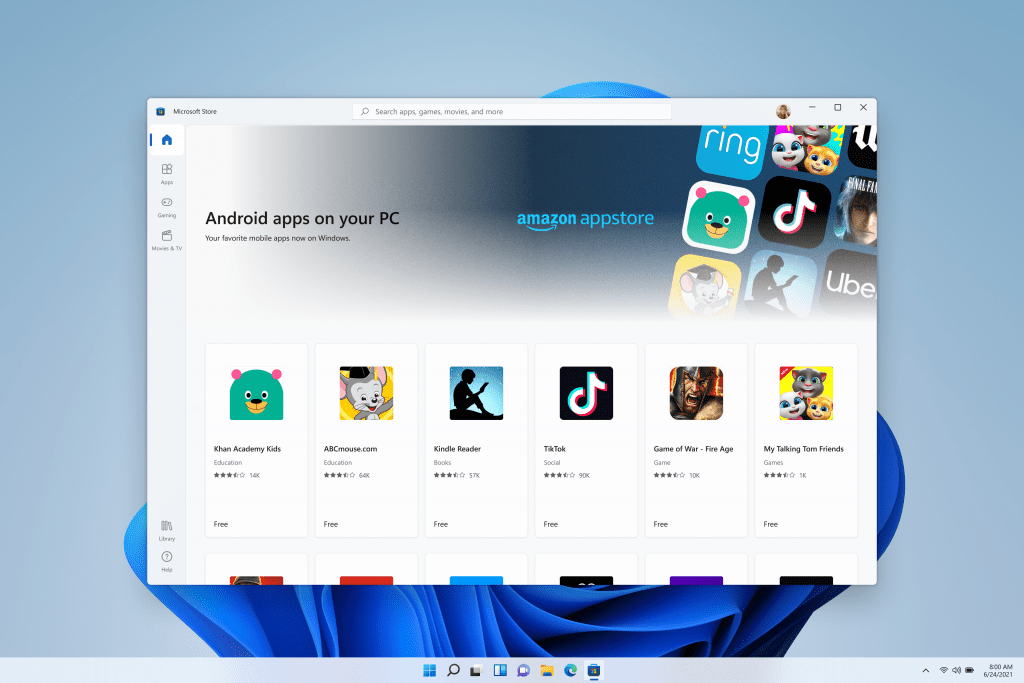
Now, let’s talk about the new Microsoft store and support for the Android apps. The former gets a revamp, hence hosts a range of applications including the ones from Adobe Creative Suite and Android such as Instagram and TikTok.
Satya Nadella, CEO of Microsoft said, “Developers can use their own commerce engine and Microsoft won’t take a cut. Devs can even use their own payment systems if they want to. He added, “Windows has always stood of sovereignty for creators.”
Thanks to Microsoft’s partnership with Amazon and Intel, Windows 11 will run Android apps. Essentially, it’s leveraging the Intel Bridge Technology to do so. Microsoft has already demonstrated the same by running a few Android apps including TikTok with additional updates arriving in the following months.
Also, Microsoft has already pledged to ship Windows 11 as a free upgrade to Windows 10 in the coming holiday. Even though we are yet to know the official date, we expect it to arrive as late as October 2021 along with devices that run the new OS.


